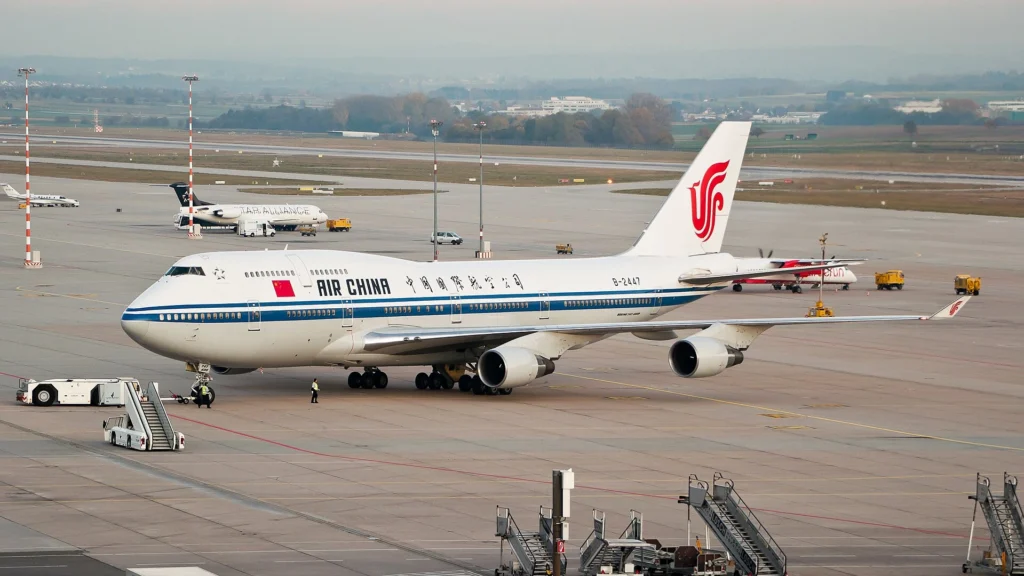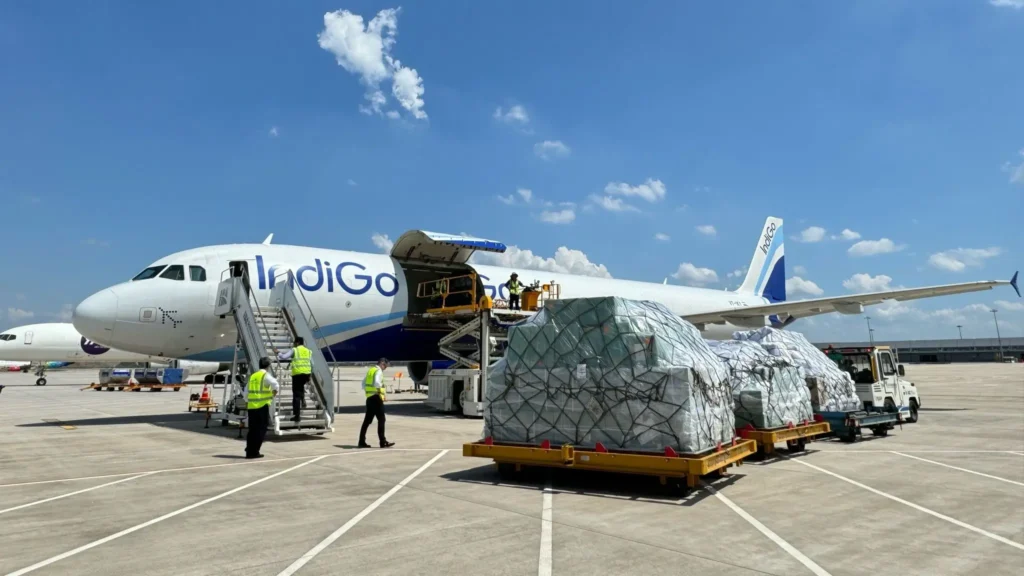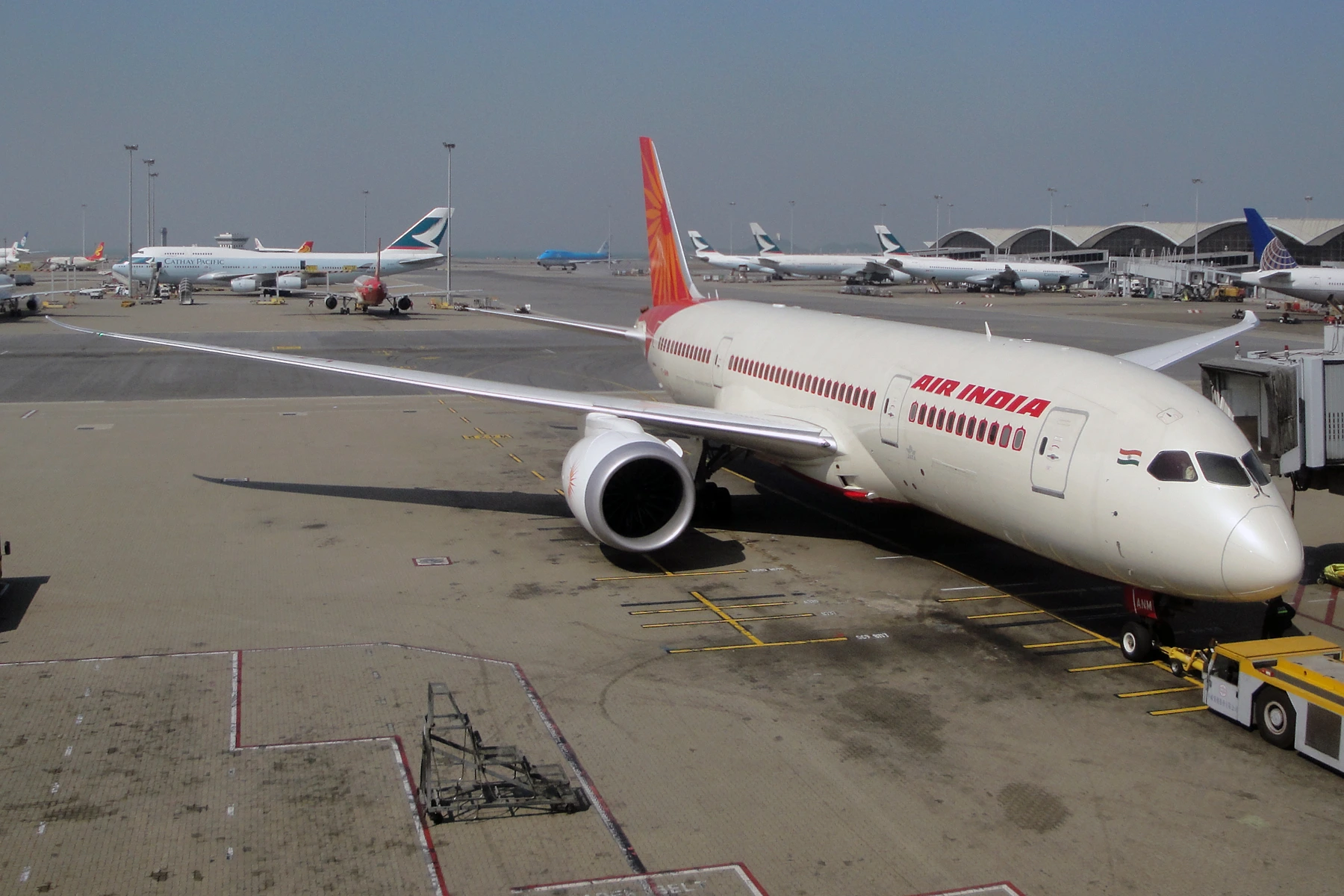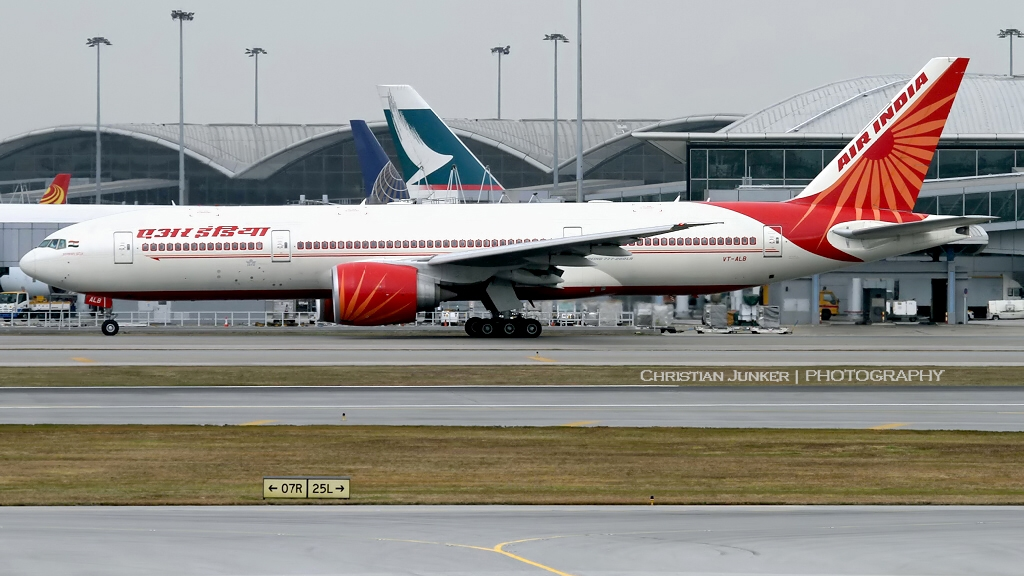DELHI- India and China have initiated talks to resume direct flights, dormant since early 2020 due to the Covid-19 pandemic and subsequent border tensions. Airlines like IndiGo (6E) and Air India (AI) aim to reconnect cities such as New Delhi (DEL) and Shanghai (PVG), streamlining processes to enhance travel and trade.
This move follows a thaw in relations, with both nations engaging to simplify slot allocation and ground handling at airports like Mumbai (BOM) and Guangzhou (CAN). The discussions signal a step toward restoring robust air links between the world’s two most populous countries, promising economic and cultural benefits.

India-China Direct Flights
India and China have embarked on negotiations to resume direct flights operations, halted since the Covid-19 outbreak and worsened by the 2020 Galwan Valley clash.
Multiple businessline sources confirm that both countries are focusing on streamlining critical operational processes such as slot allocations, ground handling contract renewals, and other regulatory procedures essential for restarting direct flights.
Unlike the pre-Covid era, when carriers from both nations connected major hubs like Kolkata (CCU) and Shanghai (PVG), flights to mainland China halted, though services to Hong Kong (HKG) persisted.
Recent meetings between Chinese officials and India’s Ministry of Civil Aviation indicate a cooling of tensions, fostering optimism for restored connectivity.
The talks encompass broader issues like visa facilitation, involving multiple stakeholders, yet the existing bilateral air rights agreement remains unchanged.
Once streamlined, airlines will need to deploy manpower and secure approvals at destination airports, a process expected to unlock significant travel and cargo opportunities.

Challenges and Impact
The resumption hinges on airlines preparing ground operations at key airports. For instance, IndiGo and Air India must ensure adequate staffing and compliance with local regulations at airports like Beijing (PEK) and New Delhi (DEL).
Hindu businessline Sources emphasize that completing the streamlining phase will shift responsibility to carriers, who must then activate their networks.
This includes securing slots and renewing contracts for ground handling, a task complicated by nearly five years of inactivity between the two nations.
India’s airline industry views the potential resumption as a boon. A senior executive noted that pre-Covid flights to China boasted load factors up to 90%, reflecting strong demand.
Mark D. Martin predicts an “extremely positive” outcome, including the entry of Chinese low-cost carriers into India, serving cities like Chennai (MAA) and Mumbai (BOM).
He also foresees a surge in air cargo, necessitating additional freighters to support growing trade.
The executive highlighted the untapped potential between India and China, the world’s largest and second-largest populations, respectively. Pre-Covid, passenger and cargo operations thrived, fostering trade, tourism, and business ties despite political frictions.
Resuming flights could amplify these connections, offering mutual benefits and reinforcing economic cooperation.

Future Prospects
Before 2020, airlines from both countries operated extensive routes linking cities like Guangzhou (CAN) and Kolkata (CCU).
The pandemic and subsequent border clashes severed these ties, redirecting travelers through hubs like Hong Kong (HKG).
The current talks, spurred by easing tensions, aim to restore this connectivity without altering the bilateral air rights framework.
As negotiations progress, the focus remains on practical steps to enable airlines to relaunch services efficiently, promising a revival of people-to-people exchanges and trade links.
Stay tuned with us. Further, follow us on social media for the latest updates.
Join us on Telegram Group for the Latest Aviation Updates. Subsequently, follow us on Google News

